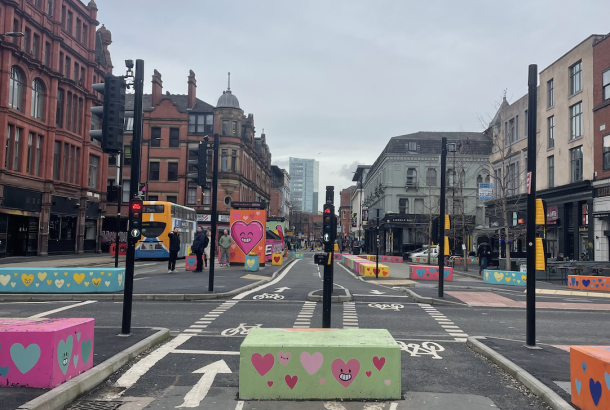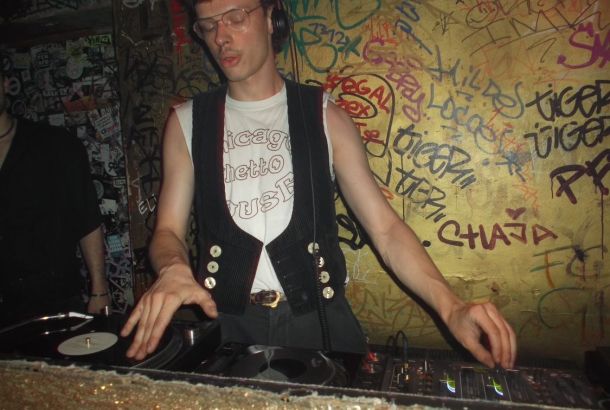Student protests are due a renaissance, Manchester has it covered
By Alice Wood

If you’re Gen Z, the terms ‘virtue signalling’, ‘snowflake’, and ‘social justice warrior’ are likely familiar to you. They are part of a broader criticism known as ‘slacktivism’, a pejorative term which accuses young socially-conscious people, particularly students, of doing the bare minimum to support causes without really engaging in them.
In some ways, critics of ‘slacktivism’ have a point. When we hashtag and tweet about a cause, we run the risk of believing that we are contributing to social good despite likely having minimal effect.
Almost 170,000 of us have signed a petition calling for a reduction in tuition fees until face-to-face teaching resumes. We are yet to see a reduction in the fees, despite the support of UoM’s Student Union.
This social theory goes deeper than just a criticism of Gen Z: riot theory, which emerged out of Freud’s crowd behaviour theory, argues that some people will only riot if their doctor, MP and lawyer are rioting; for others, it only takes one other person to start rioting for them to join in.
We all exist somewhere on this spectrum, and the modern concept of ‘slacktivism’ points to this herd culture of following social justice issues as though it’s a trend.
Official statement from the SU Executive Officers towards the fencing of students at Fallowfield Halls: https://t.co/7G92GHf2nB pic.twitter.com/ra4KIe56ip
— University of Manchester Students’ Union (@ManchesterSU) November 6, 2020
But Manchester students prove they are anything but. By contrast, their organised and decisive actions represent probably as much activism as one can achieve amidst a pandemic.
When students tore down the fences erected around Owens Park, they represented a demand for more comprehensive communication from the University. It was an example of the student population expressing their dissatisfaction with the University’s handling of the coronavirus pandemic as a whole – including provisions provided for isolated students and lack of mental health support.
Student mental health was one of the main talking points of the protest; students felt the university hadn’t considered the distress and anger that would be caused by fencing them in, especially in the context of the wake of the death of Finn Kitson.
Protesting during a pandemic is precarious: students knew a retweet or a social media post wouldn’t suffice. They took action, and in doing so, we are beginning to see a number of changes being made, including a formal apology from Vice-Chancellor Dame Nancy Rothwell and a promise that no legal action will be taken against rent-strikers.
BREAKING: Massive crowds begin to gather at Manchester University Fallowfield halls in protest of 'lockdown' fencing pic.twitter.com/1UeYg0vk2C
— The Mancunion (@themancunion) November 5, 2020
The Internet Age may have made ‘virtue signalling’ easy, but Gen Z’s grasp of digital literacy has allowed groups such as SAFER to establish an activist network online.
The student-led activist group SAFER are establishing precise demands from the university, including a reduction of tuition fees to the Open University’s £6192 rate and risk assessments for staff still working on campus.
@OfficialUoM Totally inappropriate for 1000s of first years at Owens Park/Oak House #fallowfield to wake up to this. Young vulnerable teens away from home for the first time. Symbolism terrible. No comms sent out. You have a duty of care. #takedownthefences pic.twitter.com/yoTIzDmjeN
— martintorjussen (@martintorj) November 5, 2020
The New Yorker writer Malcolm Gladwell suggested that so-called slacktivism had erased cultural memory. Real activism, according to Gladwell, defined the social revolutions of the mid-twentieth century.
The sentiment of the student-led 1960 Greensboro sit-ins, which inspired many more non-violent sit-ins against racial segregation, had been lost in the social media revolution.
Gladwell is right to acknowledge the bravery of the African American men who protested against segregation, and their courage is certainly insurmountable by social media activism.
Some are suggesting we are seeing a renaissance period for student activism and protests. Despite the conditions of the pandemic which on the surface seem to isolate us, students are united, ossified, once again confirmed as key players in social change.







